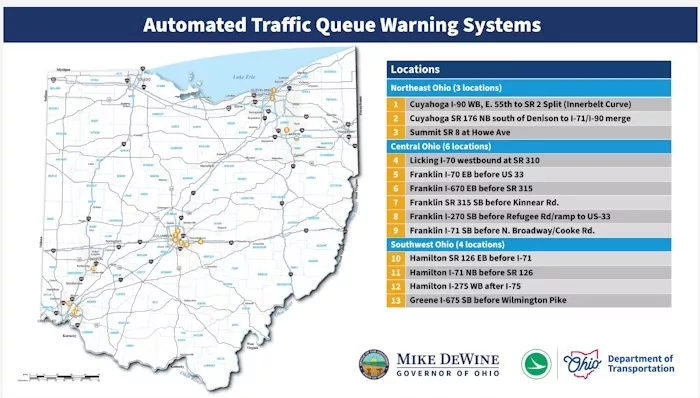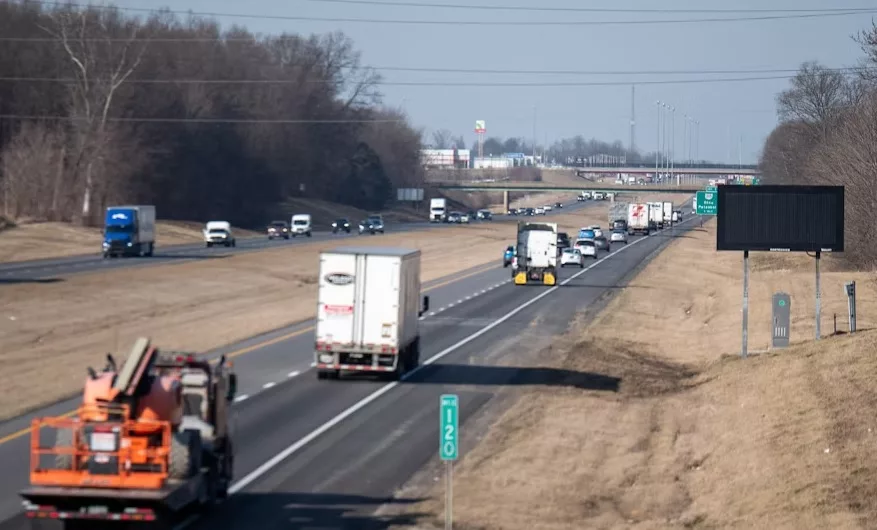Ohio has unveiled a fresh initiative aimed at leveraging technology to identify and caution drivers about traffic jams and potential hazards on the road. This endeavor involves the installation of warning systems at 13 strategic highway locations in and around major cities, pinpointed by the Ohio Department of Transportation as prone to heavy congestion and frequent accidents. Using cameras, these systems will detect instances of slow or halted traffic and promptly activate nearby message boards to forewarn drivers of the impending danger. Additionally, alerts will be disseminated through platforms like OHGO and other traffic applications, ensuring motorists stay informed and prepared while on the road.
“As technology continues to evolve, we’re always looking for new ways to help prevent serious and fatal crashes on our highways,” said Gov. MikeDeWine. “Although we’re confident that these warning systems will help prevent crashes, there is still no substitute for safe driving. For these signs to be effective, drivers must be paying attention.”
The new warning systems have been specifically designed to address the alarming trend of “end-of-queue” collisions, which occur when drivers on highways fail to notice slowing or stopped traffic ahead, resulting in collisions with vehicles at the tail end of the congestion.
According to data from the Ohio Department of Transportation (ODOT), the number of these end-of-queue crashes has been steadily increasing over the past three years, reaching a concerning total of 8,811 crashes in 2023. With the implementation of this technology at all 13 identified sites, ODOT estimates a potential reduction in these rear-end collisions by at least 16%, which would translate to around 1,400 fewer crashes.
The first of these automatic traffic queue warning systems was recently activated on Interstate 70 westbound at State Route 310 in Licking County, a location near where a tragic rear-end crash involving a charter bus carrying students from the Tuscarawas Valley Local School District occurred in November 2023. Each of the 13 selected sites was chosen based on criteria such as traffic congestion levels and the frequency and severity of rear-end crashes, ensuring that the technology is deployed where it is most needed.
ODOT anticipates that all of the warning systems will be up and running within a span of two years.
Additionally, ODOT has revealed its plans to assess highway locations in other regions of the state to determine whether they could also benefit from the implementation of this cutting-edge technology.






